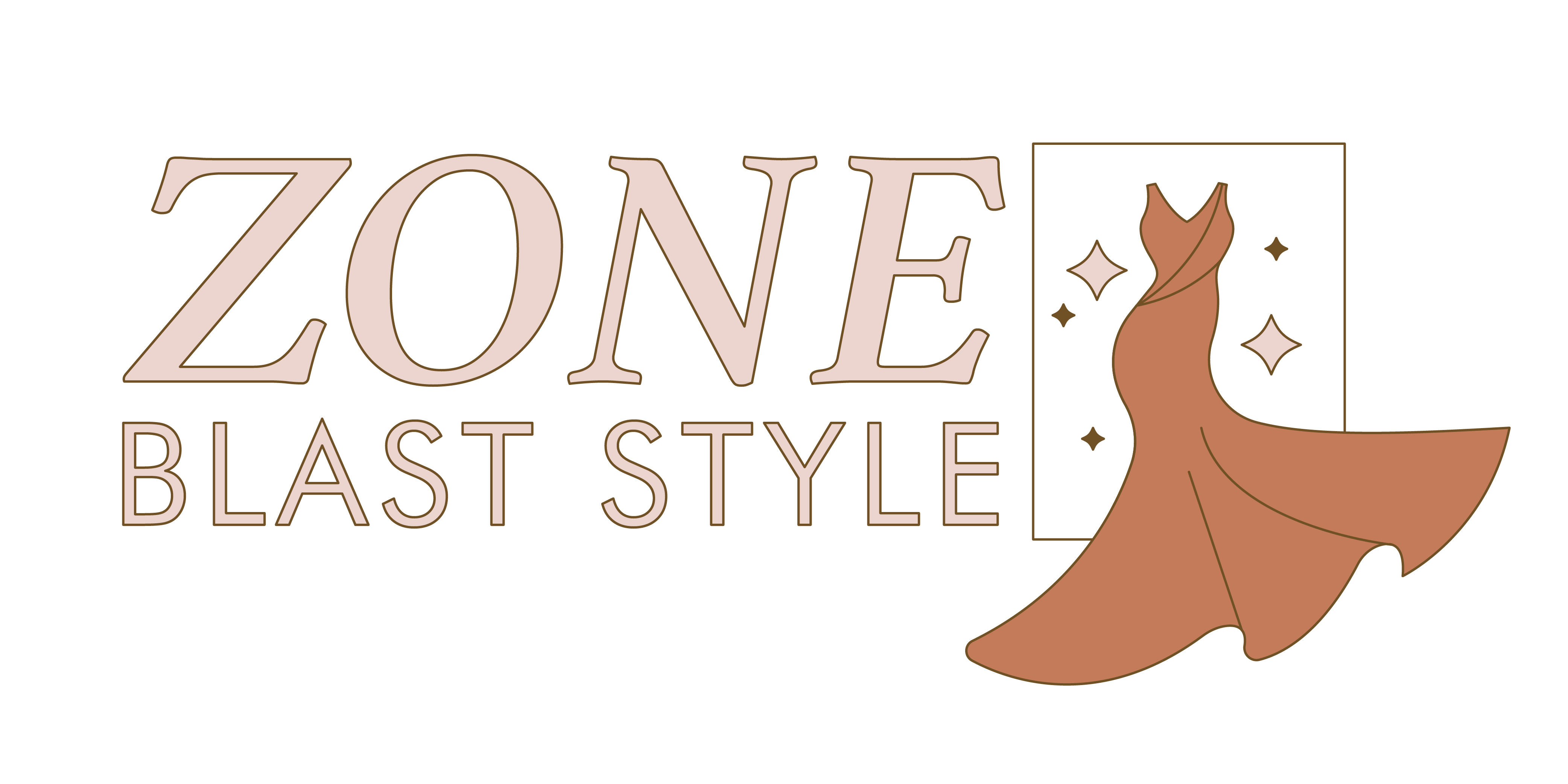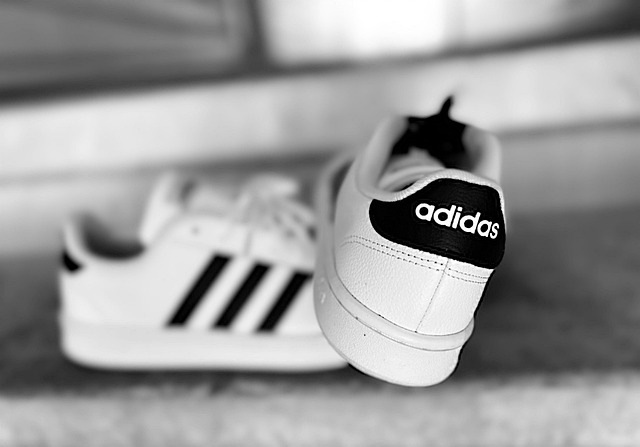Fashion’s Reckoning with Waste
Fast fashion isn’t just cheap—it’s costly in every other way that matters. Clothes churned out for speed and profit are filling landfills, polluting waterways, and leaving a massive carbon footprint. The system thrives on volume, not value, and the environment is picking up the tab. Polyester-heavy garments, microplastic runoff, and dumping unsold stock in developing countries are just part of the damage. Bottom line: the convenience isn’t worth the cost.
But things are shifting. Consumers are getting smarter, and patience for greenwashing is running thin. People expect brands to deliver more than aesthetics—they want accountability. Gen Z in particular is putting their money where their values are, and global awareness around fashion’s impact is climbing. Sustainability’s no longer a bonus feature—it’s a baseline.
That’s where intent comes in. Smart design starts before the first sketch. Designers and brands need to ask hard questions from the start: How will this piece be made? How long will it last? Where will it end up? Innovation matters, but what drives it matters more. In fashion’s new era, purpose beats trend-chasing. It’s not just about what we wear—it’s about why we make it in the first place.
Next-Gen Materials
Bio-based fabrics are getting louder in fashion’s sustainability conversation, but the signal-to-noise ratio is still murky. On one end, you’ve got mushroom leather (aka mycelium) stepping in as a real challenger to animal-based options—it’s grown in labs, compostable, and doesn’t require the kind of water and land use that cattle need. Alongside it, bamboo and hemp textiles are gaining traction. They’re renewable crops, fast-growing, and require fewer pesticides compared to cotton. Sounds great—until you realize some of these so-called bio-textiles are heavily processed with harsh chemicals. At that point, “natural” starts to lose meaning.
Then there’s the rise of lab-grown alternatives, like synthetic spider silk or bioengineered leather, trying to mimic the qualities of traditional materials without the guilt trip. These innovations promise durability, looks, and performance—all without the environmental toll. But production scale is still a problem. And questions around energy use, accessibility, and lifespan? Still being answered.
So, are these next-gen materials truly sustainable, or are they just dressed-up versions of the old model? Truth is, it depends. If fashion brands dig deeper—beyond labels and buzzwords—to consider full life cycles and supply chain ethics, then these materials actually stand a chance of making an impact. Otherwise, it’s just rebranding with a green filter.
Smarter Production Methods
The way clothes are made is getting a serious overhaul. Forget bulk production and warehouse overflow. Today, it’s about making exactly what’s needed—nothing more, nothing less. 3D knitting machines can produce a full sweater in one piece, cutting out seams and fabric waste. Zero-waste cutting uses algorithms to map designs onto fabric and leave practically nothing behind. It’s not just cleaner; it’s faster and more agile.
Made-to-order pipelines are becoming the new normal for conscious brands. Why guess demand when you can build a product after someone buys it? On-demand production means smaller inventories, fewer markdowns, and happier customers who get something built just for them. Personalization isn’t just a nice touch—it’s a business model that saves money and resources.
AI and data are the hidden engines behind all this. From predictive trends to optimizing cutting layouts, tech is helping brands make smarter calls on what to produce and how. It’s not about replacing designers—it’s about giving them sharper tools with less environmental baggage. The result? A supply chain that moves lean, minds the earth, and still delivers style.
Recycling and Upcycling Renaissance
Textile waste used to be the end of the road. Now, for a growing number of designers, it’s the beginning. From discarded denim to deadstock cotton, fashion creatives are flipping waste into wearable statements. It’s not just about patchwork aesthetics or DIY charm—it’s evolving into a fully-fledged practice with commercial appeal. Brands are repurposing materials into new collections, while independent makers are turning scraps into one-of-a-kind pieces that double as art.
The shift isn’t just visual—it’s structural. Circular design isn’t a trend; it’s a system. Instead of sending old clothes to rot in landfills, designers are building loops into their workflow: take-back programs, modular garments that can be disassembled and reused, or materials that can be infinitely recycled without degrading. The goal is durability, adaptability, and minimal waste.
Circular thinking also forces a slowdown. You can’t mass-produce uniqueness. That’s the point. This change pushes fashion toward intention over impulse, narrative over novelty. Reimagining waste as raw material doesn’t just reduce harm; it redefines creativity.
Explore more about these evolving practices in Recycling and Upcycling – Breathing New Life into Old Clothes.
Transparent Supply Chains
If sustainability is the message, then traceability is the proof. Consumers aren’t taking brands at their word anymore—and they shouldn’t. Labels like “eco” or “ethical” are thrown around too easily. What people want now is evidence: Where was this cotton grown? Who stitched this jacket? How far did it travel before hitting the shelf?
That’s where digital tools come in. Blockchain tech, digital product IDs, and scan-and-see tags are making it harder to hide shady practices—and easier to showcase good ones. Brands are starting to map every step: from seed to fabric to finished product. It’s not just about reducing impact; it’s about building trust by showing the full story.
Traceability isn’t a luxury anymore. It’s becoming a baseline expectation. The shift is real, and forward-thinking designers are leaning in, not just to appease buyers, but to build deeper credibility in a market that’s starting to ask smarter questions.
Fashion Meets Tech, and It’s Getting Personal
Welcome to fashion’s crossover episode with the digital world. In 2024, tech isn’t just a tool—it’s a full-on design studio. Digital try-ons are cutting down return rates and physical waste. Virtual wardrobes let users curate their style in the metaverse before buying a single thread. NFT fashion? Still polarizing, but some creators are using it to build digital-first collections that test demand before anything ever gets stitched.
Digital-first design is pulling back on overproduction by shifting creativity into the software realm. Designers can render, tweak, and preview collections without wasting samples or shipping prototypes around the world. It’s smart. It’s cleaner. But let’s not pretend it’s a magic bullet.
There’s a fine line here. Innovation doesn’t equal sustainability by default. Digital garments that never leave a screen might have minimal fabric impact, but they’re still hosted on energy-hungry servers. And any brand talking a big green game while pushing NFTs without transparency walks dangerously close to greenwashing.
Bottom line: tech-driven fashion tools are giving creators new ways to rethink the industry. But purpose beats novelty every time. If it’s not reducing waste or leveling access, then it’s just another shiny object.
Final Thread: What to Watch For
Sustainable fashion isn’t an abstract vision anymore—it’s a real, measurable direction. There’s a new class of innovators reshaping the industry from the ground up. Startups like PANGAIA are fusing material science with clean aesthetics, while brands like For Days and The R Collective are building circular models that reuse, resell, and recycle by design. Keep an eye on Rubi Labs, which is capturing carbon and turning it into textiles. This isn’t fringe tech—it’s the next supply chain.
Looking ahead, mass adoption of sustainable fashion isn’t just possible—it’s coming. Slowly, but steadily. As regulations tighten, resources shrink, and shoppers get smarter, the pressure on brands to clean up their act will only grow. But this shift won’t happen through regulation alone. It takes action—from every angle.
Creators need to spotlight impact, not just aesthetics. Brands must stop treating sustainability as a seasonal trend and start making it core business. And buyers? They vote with their wallets. Every purchase is a signal. The fashion industry isn’t going to fix itself in a vacuum—it changes when enough people push in the same direction.
This isn’t about waiting for perfect. It’s about choosing better, more often. And doing it now.


 Style & Culture Writer
Style & Culture Writer
